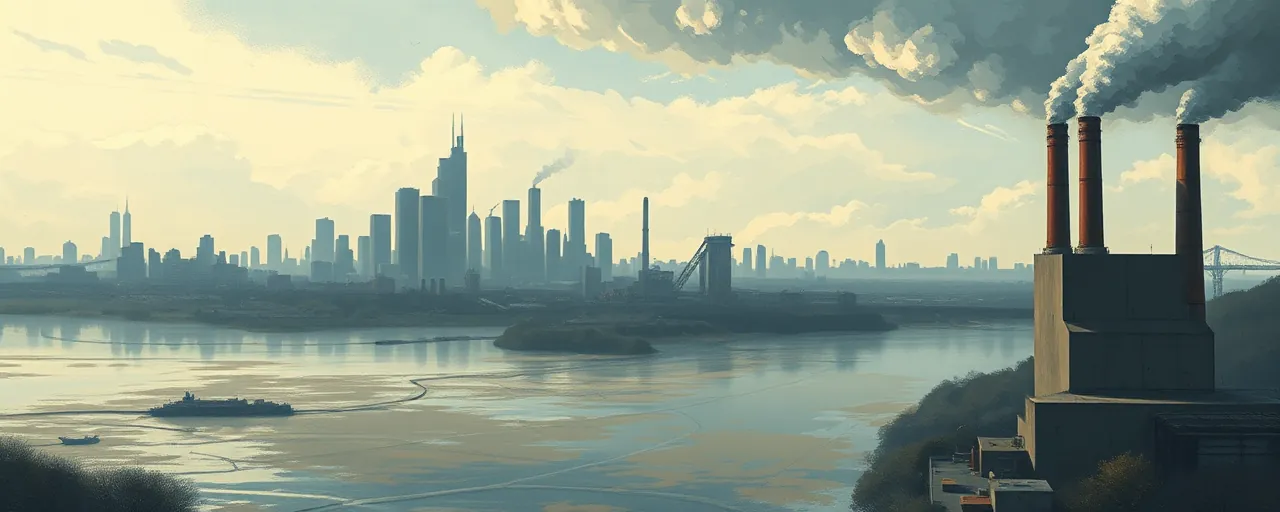A Divisive Plan Hits the Table
A budget resolution passed by Congressional Republicans today has ignited fierce discussion across the United States. Lawmakers in Washington voted to reshape federal spending, prompting swift reactions from state leaders and everyday people alike. In New York, Governor Kathy Hochul blasted the plan, arguing it prioritizes the wealthy while leaving working families to fend for themselves against rising costs and shrinking services. The vote, supported by all seven New York Republicans in Congress, reflects a broader national divide over how to balance economic growth with public welfare.
At its core, the budget slashes funding for affordable housing, trims healthcare programs, and rolls back environmental protections, all while extending tax cuts for high earners. It lands at a tricky moment, too. With new tariffs looming, many fear the cost of essentials like food and cars could climb even higher. For Americans already stretched thin, the stakes feel personal, not just political. So, what’s really in this plan, and who stands to gain or lose?
Housing and Healthcare on the Chopping Block
The budget’s cuts to housing programs strike at a sore spot. With a shortage of 7.1 million affordable rental units nationwide, federal support for low-income renters hangs in the balance. The Department of Housing and Urban Development faces steep reductions, potentially halving its workforce and stalling aid for over 4.3 million families. Cities like Las Vegas and Austin, already grappling with housing crunches, could see homelessness spike. Past cuts tell a grim story, too; between 1978 and 1983, slashed HUD budgets triggered a wave of shelter openings as public housing crumbled.
Healthcare’s not spared either. Proposed Medicaid reductions of $2.3 trillion could force states to shrink coverage or cut provider payments, leaving millions of low-income people with fewer options. Yet, it’s not all bleak, some say. Extensions for Medicare telehealth and rural ambulance services through September 2025 offer a lifeline to underserved areas. Advocates for patients warn, though, that history shows budget trims often push costs onto families, a pattern seen after 1982’s cost-saving reforms. The tug-of-war between access and austerity remains fierce.
Tax Breaks, Tariffs, and Tough Choices
On the tax front, the plan extends provisions from the 2017 Tax Cuts and Jobs Act, slicing federal revenue by $3.7 trillion over a decade. Supporters argue it fuels investment, pointing to corporate tax rates dropping to 18%, a $24 billion boon for big firms. But the numbers raise eyebrows. A family of four earning the median income might see taxes rise by $3,000, while households pulling in over $10 million could pocket up to $2.4 million. Decades of tax policy, from Reagan’s 1981 cuts to today, suggest these moves rarely spark the broad growth promised, often widening the gap between rich and poor instead.
Then there’s the tariff twist. New trade barriers, backed by President Donald Trump, are set to kick in by May 2025, likely hiking prices on everything from baby food to electronics. Economic forecasts predict an 8% GDP dip and a $58,000 lifetime hit for middle-income households. The 1930 Smoot-Hawley tariffs tanked global trade, and recent U.S.-China spats hint at similar chaos. Businesses might shift supply chains to places like Vietnam, but consumers will still feel the pinch. It’s a gamble that’s got economists and families alike holding their breath.
Environment Takes a Back Seat
Environmental protections face a rollback that’s hard to ignore. Scrapping 31 clean air and water rules could lead to 200,000 premature deaths and millions of asthma cases by 2050, per EPA projections. These rules once saved $254 billion yearly by cutting healthcare costs, a benefit now at risk. Communities near industrial zones, often low-income, stand to bear the brunt of dirtier air and water. The Trump years saw over 100 regulations axed, and this budget doubles down, raising fears about climate resilience as disasters grow more frequent.
Not everyone’s alarmed, though. Some industry voices cheer the lighter regulatory load, saying it frees up businesses to innovate. Yet, the tradeoff’s stark. Undoing decades of safeguards, like those for wetlands or mercury emissions, could lock in long-term damage. Health experts and local leaders argue the human cost outweighs any short-term gains, pointing to a legacy of deregulation that’s left scars before. It’s a debate pitting jobs against lives, with no easy answers.
What It All Adds Up To
This budget’s ripple effects touch nearly every corner of American life. Housing aid dwindles as rents soar, healthcare access wavers for the poorest, and tax shifts favor the top tier while tariffs threaten wallets at every level. Environmental setbacks loom large, too, promising tougher days for vulnerable neighborhoods. Supporters in Congress insist it’s a bold step to boost the economy, but state officials and analysts warn of a heavier burden on the average family. The numbers and history paint a mixed picture, one that’s less about ideology and more about who can weather the storm.
For people new to this tangle of policy, it boils down to real-world hits: higher bills, fewer doctors, dirtier air. The fight’s far from over, with legal challenges and public pushback already brewing. As tariffs roll out and cuts take hold, the coming months will test whether this plan delivers prosperity or just deepens the divide. One thing’s clear, it’s not abstract, it’s personal, and it’s landing right now.
